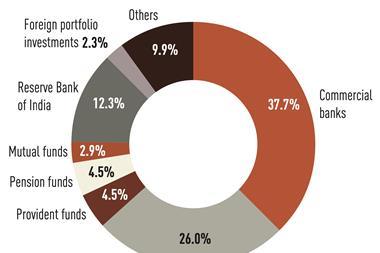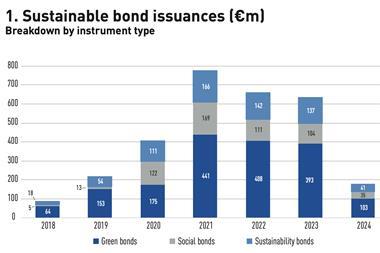The world’s main credit rating agencies have catapulted to prominence since the 2008 global financial crisis, as they downgraded the creditworthiness of many large financial institutions, as well as the United States, France and Ireland. Many investors are now asking the difficult but needed questions about these agencies themselves.
When you consider how influential Standard & Poors (S&P), Moody’s, and Fitch have become, it seems only good sense to scrutinise the way they work more closely. For one thing, despite being privately owned and for-profit, such agencies also function as quasi-regulators. So, among other things, they determine the costs of borrowing at every level in a financial system; what instruments financial institutions can hold; and how much capital such institutions need to operate. This results in their opinions having significant impact on the entire financial framework of financial institutions, as well as on sovereign ratings for countries.
On 15th September 2008, we happened to be in Wall Street, right in the eye of a credit rating storm that wreaked mayhem globally. The speed of the damage arose from credit rating agencies doubting whether or not certain financial institutions would be able to honour their debt obligations. We were guests of one of the financial institutions when their credit rating was downgraded. Officers from the country’s central bank, the Federal Reserve (Fed), as well as lenders swarmed the office. This outburst came 24 hours after the downgrade, which stopped credit flows immediately and led to an absolute freeze on liquidity.
The trouble today is that little has changed since the selective closure of some of the world’s biggest financial groups. In mid-2011, once the S&P downgraded the sovereign rating of the United States, the fear of a collapse in financial markets re-surfaced. Interestingly, despite issuing the downgrade, there were media reports that stated that the S&P admitted a mathematical mistake to the tune of US$2 trillion in assessing the US’ creditworthiness. The mistake caused the S&P to overstate that country’s deficit in the next 10 years.
Astute investors then ask the big question: How much accountability do such agencies accept for their deliberations?
In a conversation with a G20 finance minister, he told us that his team had approached one such agency and asked: “Tell me the Top 10 items that we as a country need to address to get our credit rating up?” The agency’s response, not surprisingly, was very general and gave no specifics at all. We could tell clearly just how frustrated he was at their response. As he put it: “We are supposed to be transparent, yet they themselves are not transparent.”
When we reviewed 2011 and while there was nothing new about the worries over the US’ debt situation, we really had to wonder why the credit rating agencies were so hasty in judging the US government’s various measures in attempting to reduce the country’s ballooning deficit. They did so just days after the government had also begun a process to address the country’s fiscal imbalances.
Against all this, Moody’s and Fitch did not see the need to revise their prognoses of the US. Interestingly, Moody’s actually stated that downgrading the US’ creditworthiness would be premature at that point. So why did its rival S&P proceed to downgrade the US in an already fragile financial environment, rocking markets everywhere? How often, if at all, does a credit rating agency consider when to time its market-sensitive opinions?
Would an astute investor considers the US less creditworthy today that it was, say, five weeks ago - or when its leaders were about to sign a deal which would guarantee the country’s ability to honour its financial obligations right through to its presidential election in November 2012?
Note too, that these agencies’ dim views of the US’ creditworthiness gave little thought to the very special role that this country has in the global economy. For one thing, despite views to the contrary, the greenback is still the preferred currency worldwide. Also, when investors everywhere want a safe haven for their assets, they choose US Treasury bonds. In fact, let’s not forget that even in the darkest days of 2008, the greenback and such Treasury bonds remained the world’s most trusted reserves.
With the confidence in the global financial system still weak, one has to ask why credit rating agencies have so much power to undermine the ability of some institutions to function properly. Whatever one might say about them, the ratings given by these agencies can ratchet up global uncertainty very effectively, leading only too quickly to a free-fall into fear.
Given all this, wouldn’t you like to know why such agencies have such leeway, so much so that they are, in effect, regulating our financial systems? Isn’t it time governments everywhere scrutinised such legally sanctioned oligopolies, which regulate without any real oversight of, or consequences to, themselves?
When we ourselves prodded the heads of two main global credit rating agencies on this, how far-reaching the impact of their downgrades were, how opaque their decision-making was and how badly timed some of their downgrades were, all we got from these heads were a non-committal “Well, it is just our opinion”. Surely, if these agencies’ ratings can jolt the global financial system so strongly, this attitude needs to be addressed immediately.












No comments yet